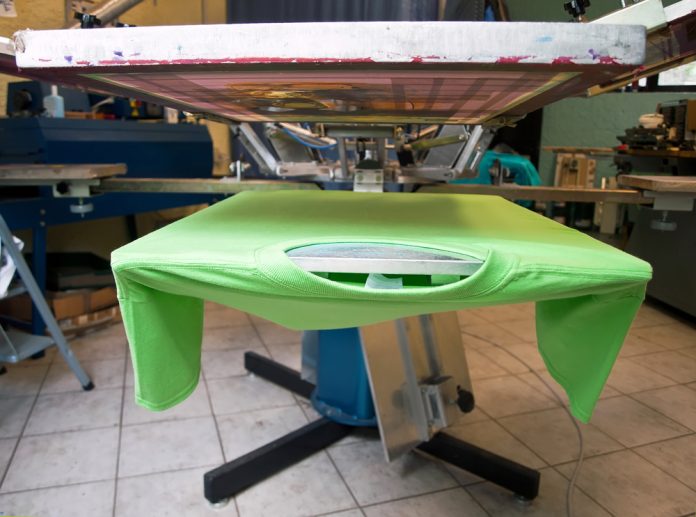There was a time not so long ago when creating customized t-shirts was not within the means of common buyers like us. With the dramatic advances in printing technology in recent years, custom printing jobs are no longer as expensive as they used to be. However, it is never easy to pick one T-shirt printing method as the best, because the final product is affected by several factors.
Let us take a look at the most popular printing techniques, so that you can make an informed decision based on your needs.
Screen Printing: The oldest of all printing methods, screen printing involves printing on fabrics through fine meshes coated in impermeable solutions. The inks can get pushed only through certain areas depending on the mesh, and this creates the design. Separate screens are required for each color because it is only possible to apply one color at a time.
Advantages of screen printing:
- Offers high-quality prints and vibrant designs.
- The quickest of all printing methods, with some machines capable of producing over four thousand t-shirts per hour.
- A wide variety of effects and textures can be created.
- Known for good quality.
Disadvantages of screen printing:
- High set-up cost.
- Not environmentally sustainable.
- Incapable of recreating gradients.
- Not suitable for small orders.
Transfer Printing: This refers to a printing technique where non-textile surfaces are used first to print the design and the same is transferred later on a fabric surface utilizing different processes. In most instances, some kind of vinyl is used for transfer, which is sealed later on the t-shirt with the help of a heat press.
Advantages of transfer printing:
- Much shorter production times, compared to printing directly on the garment.
- Inexpensive equipment that doesn’t require much space.
- It is possible to print on virtually all types of fabric.
- No set-up cost.
- Great variety in terms of textures and effects.
- This is the only method for printing certain textures and effects.
Disadvantages of transfer printing:
- At times, these type of prints tend to crack with time.
- May sometimes impart a cheap look similar to plastic.
- Some experts claim that this printing isn’t suitable for negative spaces.
Direct to Garment Printing (DTG): This is the latest of all t-shirt printing techniques. This process works almost similar to our regular office printers, but the ink is injected on the fabric instead of paper. This technique is used mostly for artworks that are too complex for other techniques. With high color mixing potential, this technique can recreate colors, gradients, and small details better than other techniques.
Advantages of DTG:
- Offers limitless color options.
- Uses water-based inks that are relatively friendly for the environment.
- Capable of recreating complex designs and photo-realistic prints.
- Almost no set-up is required.
Disadvantages of DTG:
- Longer production time compared to other techniques.
- Huge initial investment.
- Over a period of time, the colors tend to fade.
- Limited opportunities for design placement.
Other Elements to Consider: The final product created after printing is influenced to a great extent by several other factors as mentioned below.
- It is important to use inks that are created specifically for t-shirt printing.
- To make custom printed t-shirts of the highest quality, there should be proper calibration of the printer before getting started.
- Please be aware that the designs viewed on a backlit computer screen will always look different when printed on a fabric.
Having discussed all the printing techniques, what is the best method for printing on t-shirts? A great t-shirt is soft, comfortable, fits great, looks good, and is timeless. Out of all the printing techniques discussed, only screen printing ticks all these boxes. There are many t-shirt printing techniques, and different needs are fulfilled by each. However, if there is a need to pick one, most people would probably pick screen printing.
Find a Home-Based Business to Start-Up >>> Hundreds of Business Listings.

















































